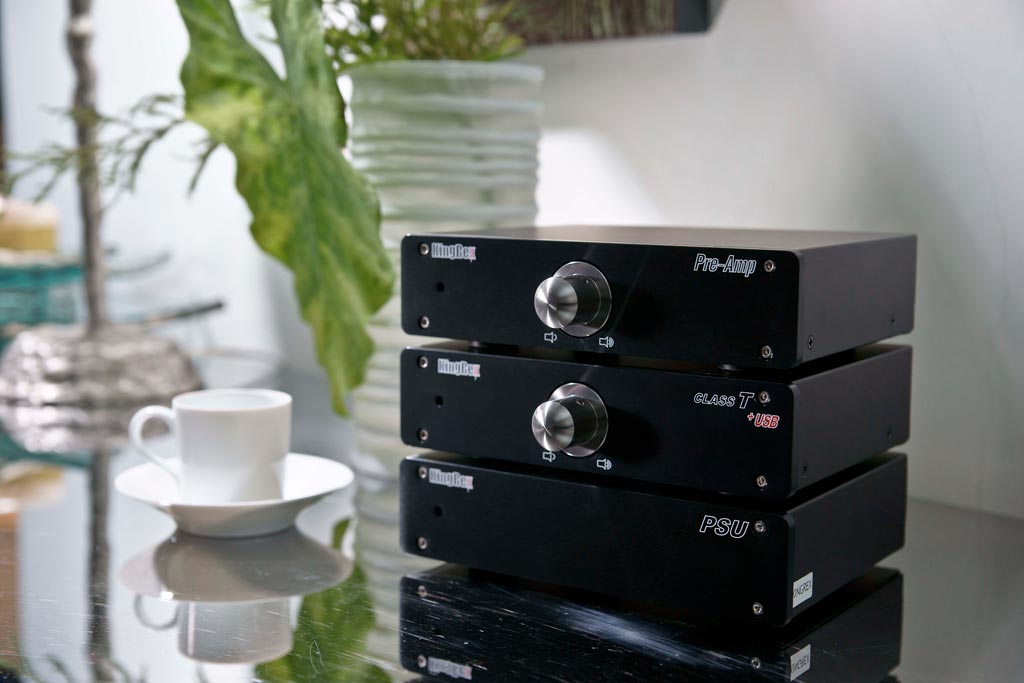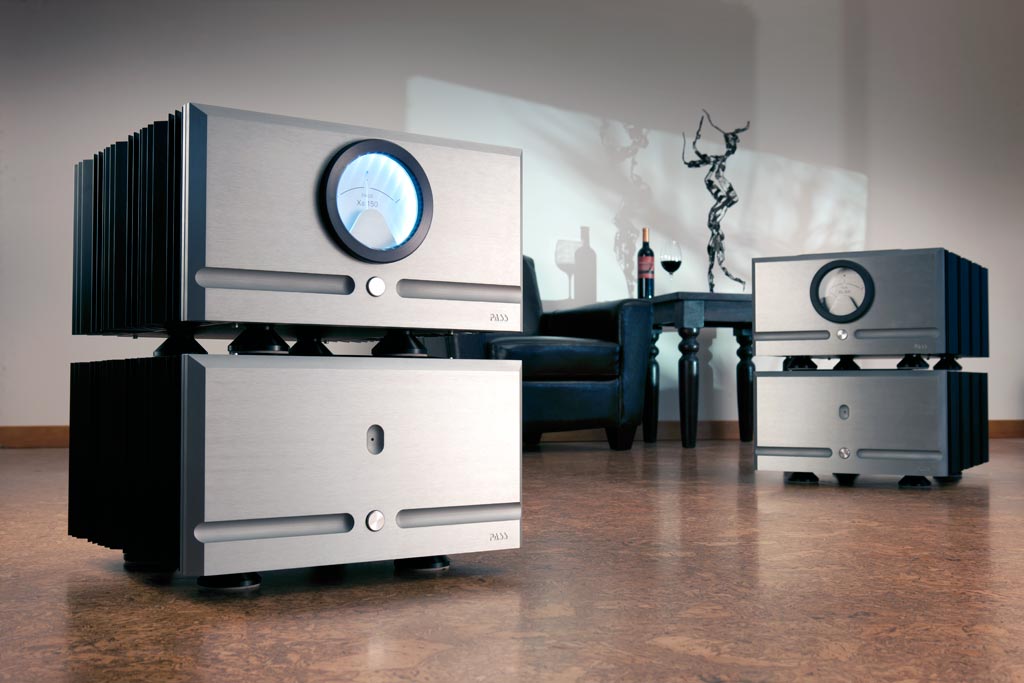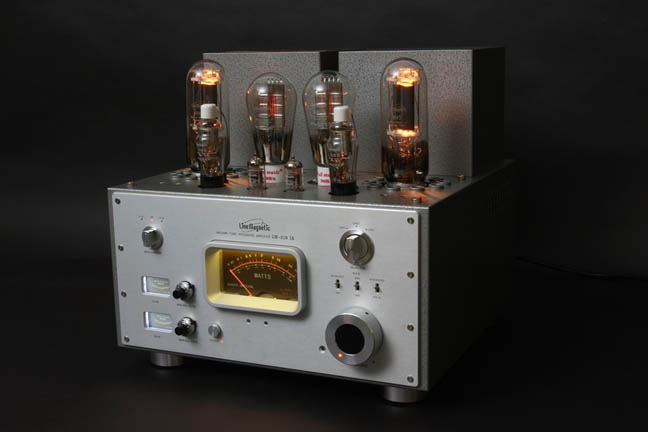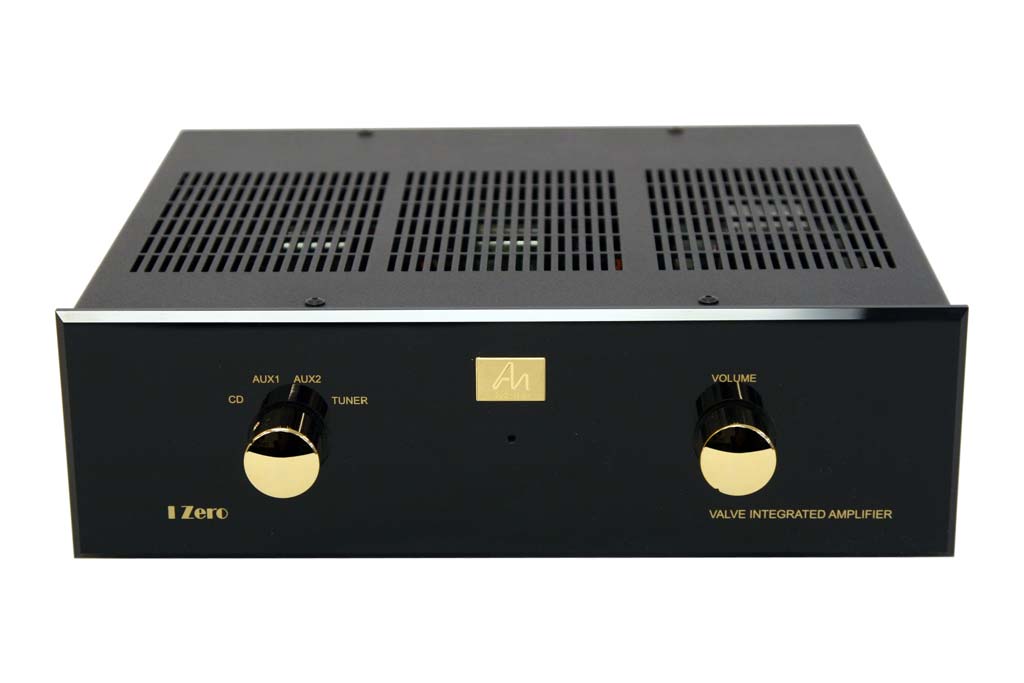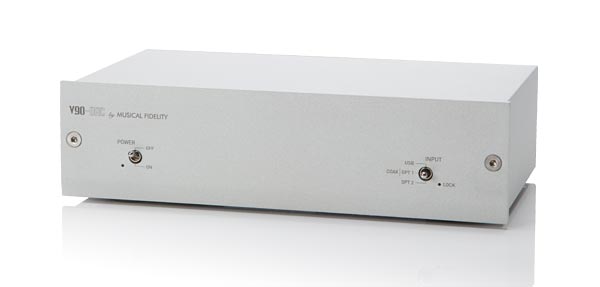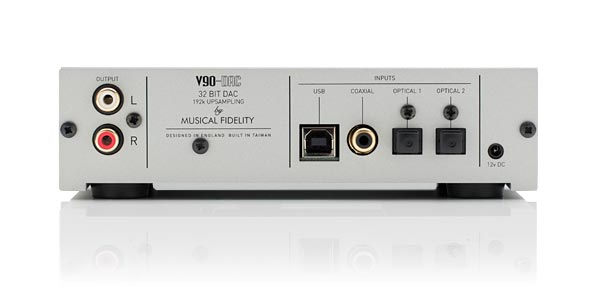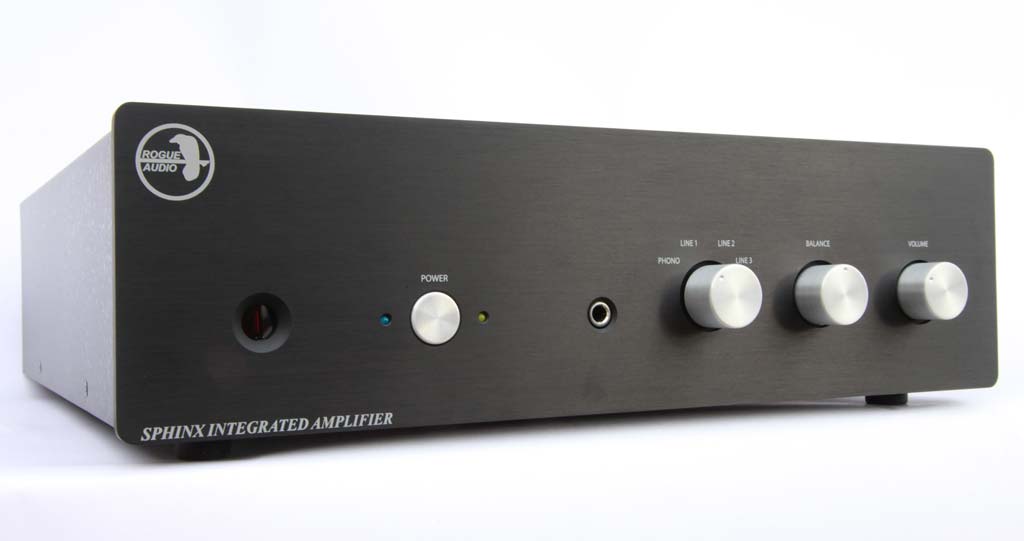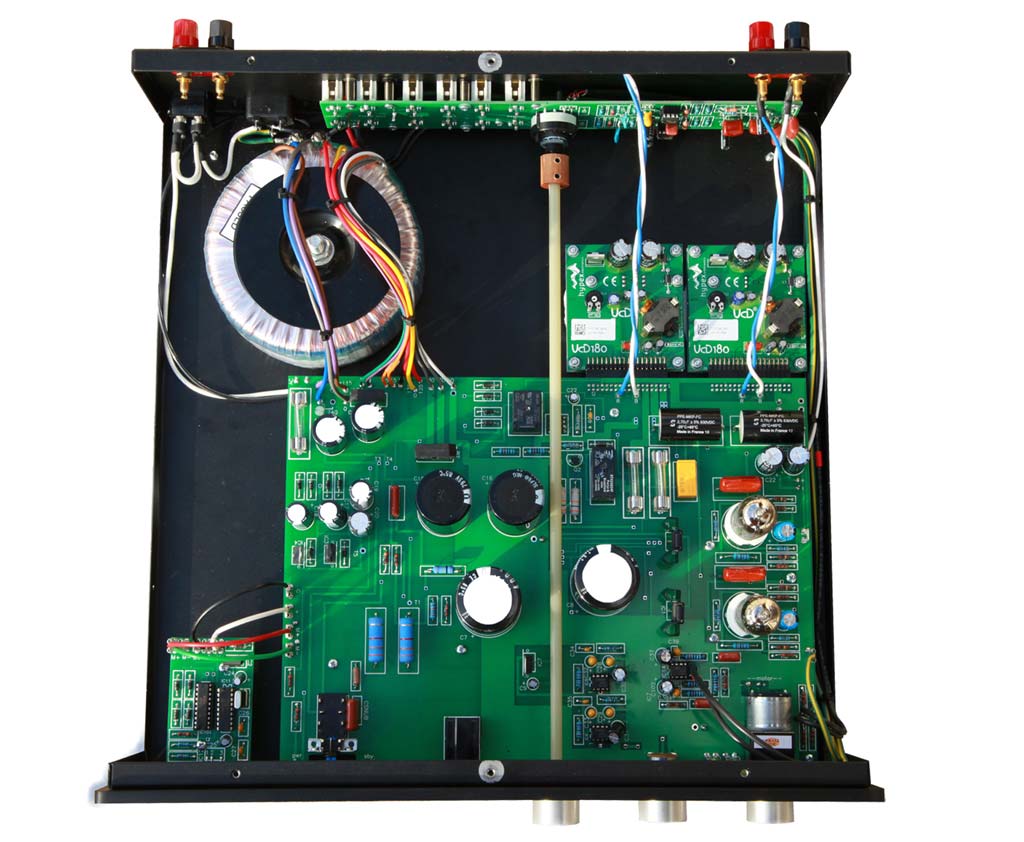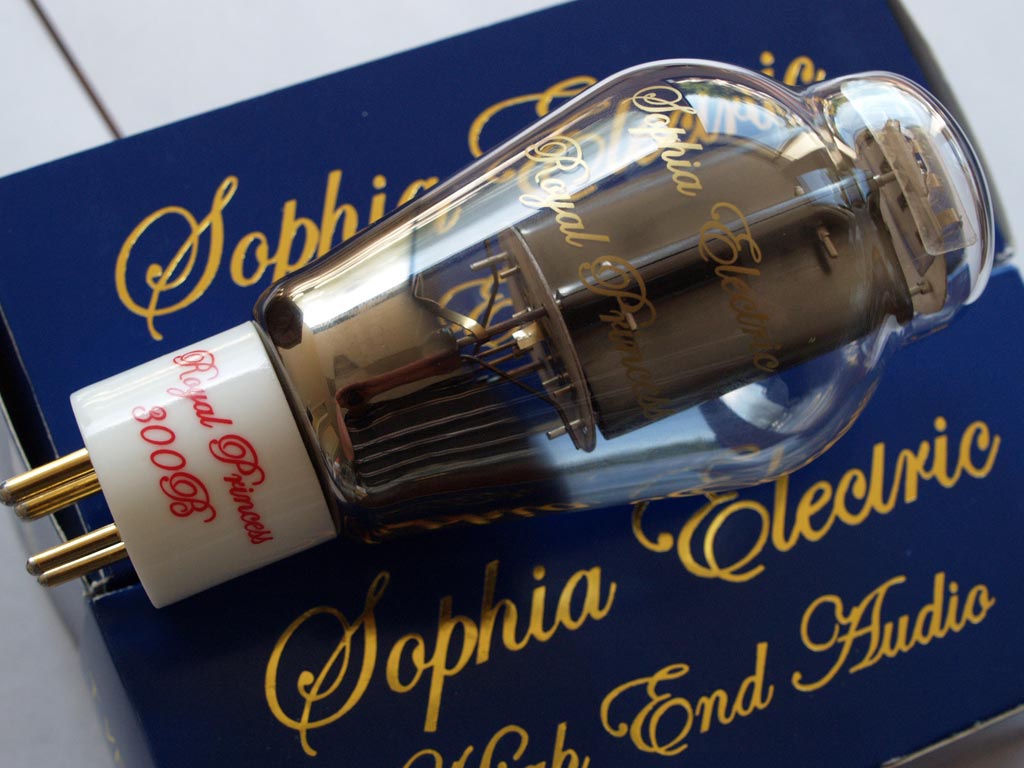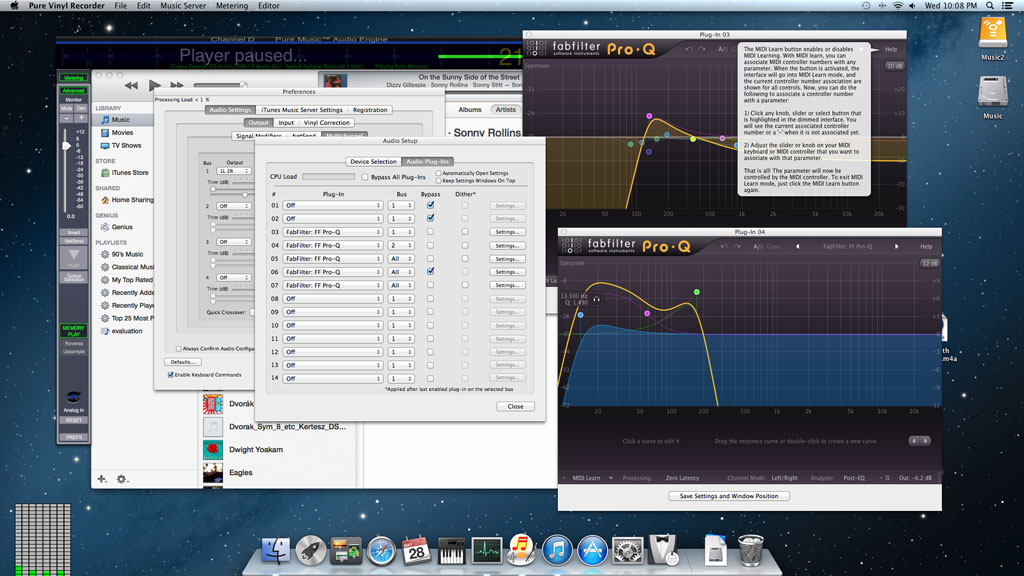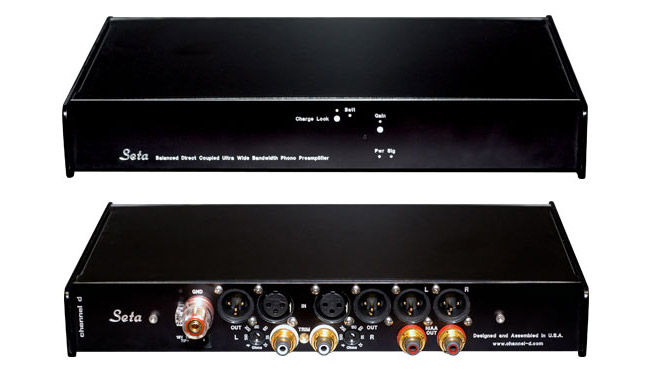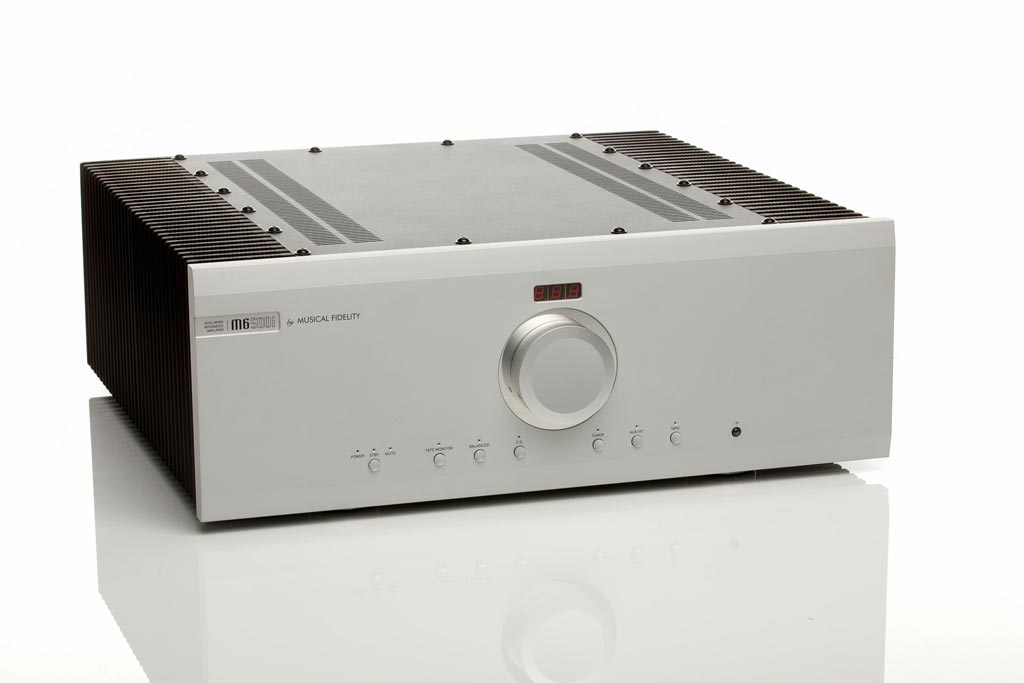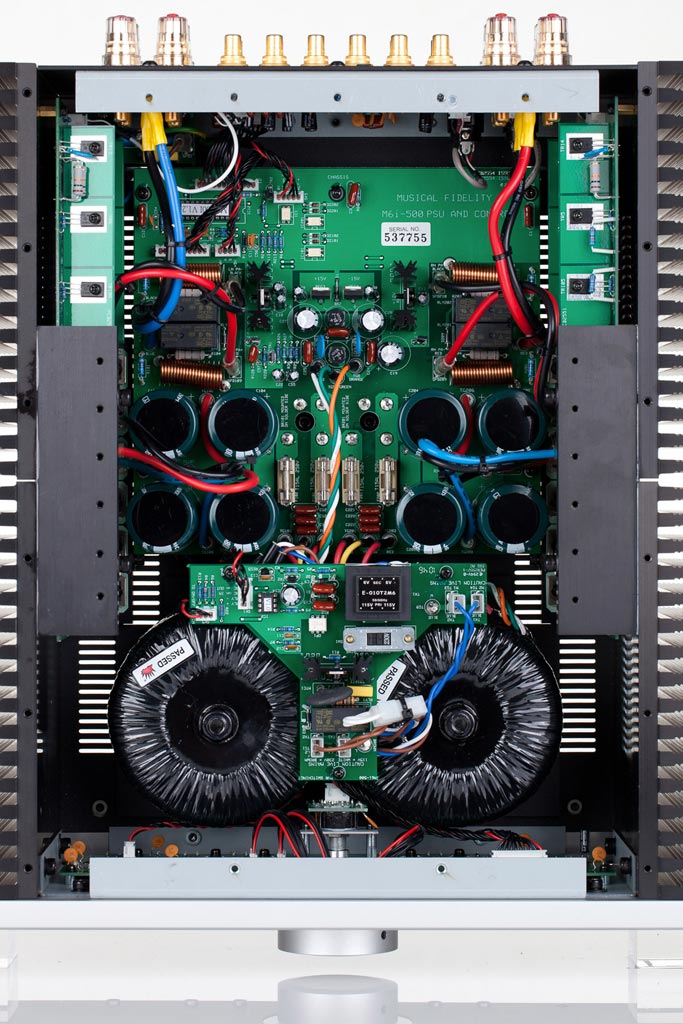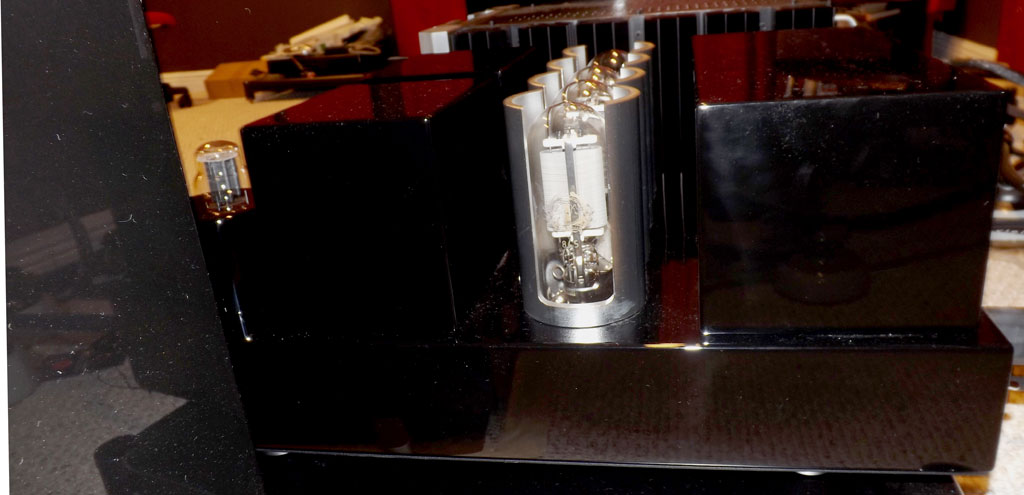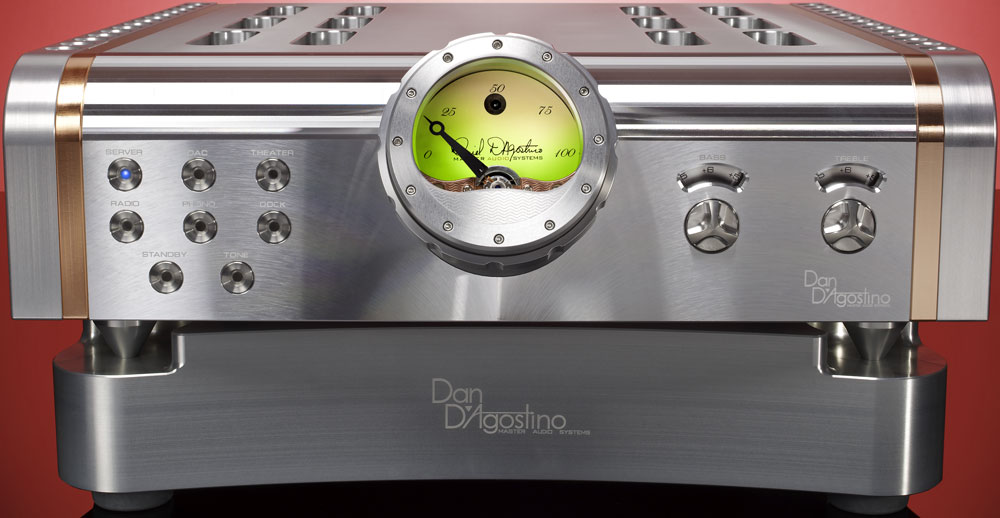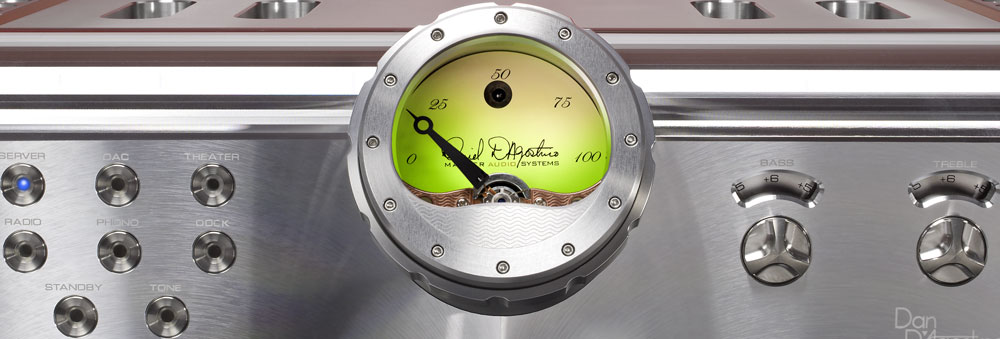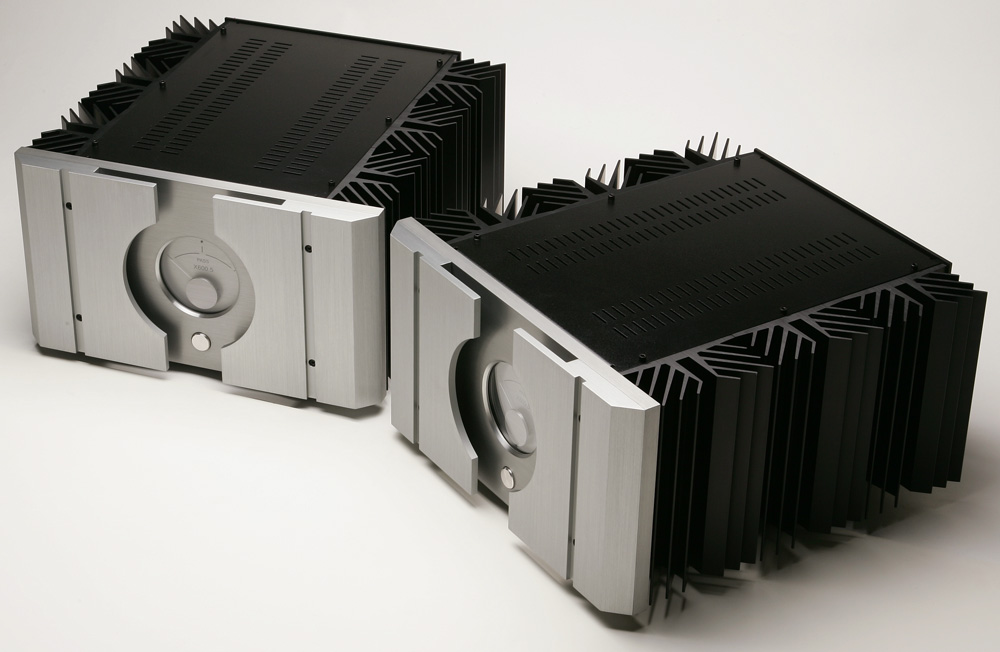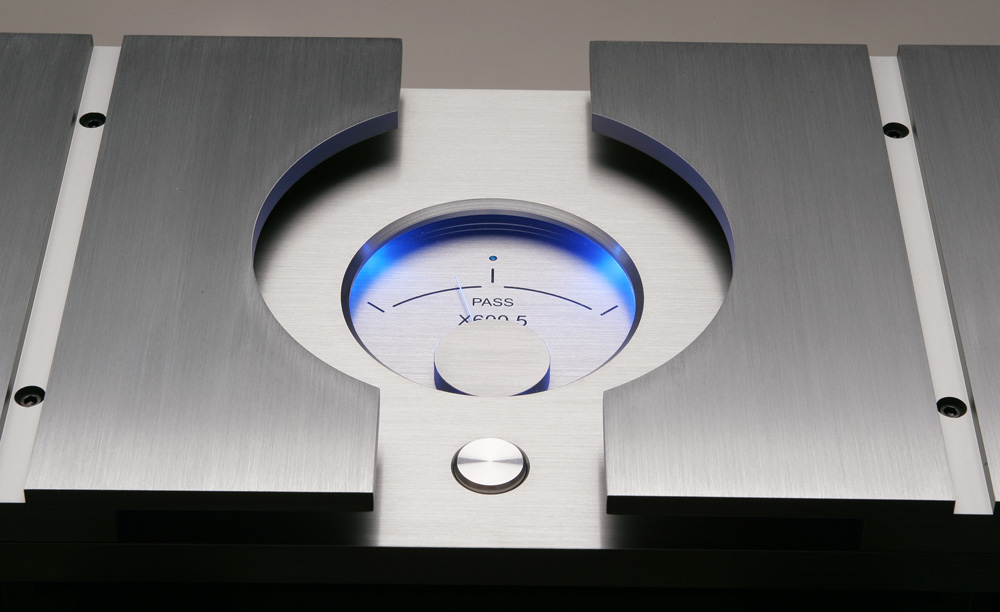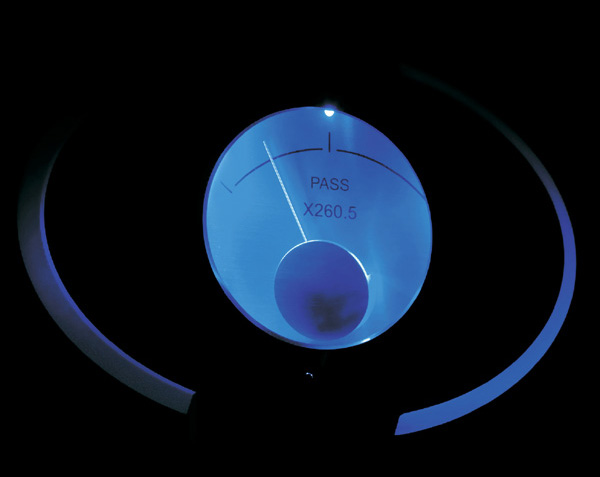![]()
Pass Labs Xs 300 Dual Chassis mono amplifiers
This review is about the fabulously over-the-top Pass Labs Xs 300 monoblock amplifiers – although how can you even call them “monoblocks” when each channel comes in two hulking metal enclosures? Pass Labs calls them “Dual Chassis Monoblocks”, but that doesn’t come close to fully describing this 298-pound-per-side power plant.
So, how did I get so lucky?
I’ve now had the Pass Labs Xs 300 in my system for four months and finally have the opportunity to reflect on the experience. One of the first thoughts that popped into my mind was “How did I get so lucky?” I suspect it’s a combination of things, including my experience with amps, my electrical power setup, and my speakers. Let’ start with my experience with amps.
My amp reviews have been almost completely focused on high power amps. I’ve reviewed and/or owned the Proceed HPA-2 And HPA-3 stereo amps, Mark Levinson 350 stereo amp, Plinius SA-201, Sphinx Project Eighteen monoblocks, XLH M-2000 monoblocks, Rotel RB-1092 stereo amp, ShengYa PSM-600, Pass Labs X-600.5 monoblocks, Electrocompaniet Nemo monoblocks and Electrocompaniet Nada monoblocks. Prior to receiving the Pass Labs Xs 300, I ran the Electrocompaniet Nemo monos (600/1200 wpc at 8/4 ohms) and the Electrocompaniet Nada monos (400/800 wpc at 8/4 ohms) in biamp mode to drive my Vivid Giya G1.
Given the high power amps I run, my electrical system is pretty robust. My front-end is powered via a dedicated 15-amp electrical circuit using 2 different duplex outlets: one Wattgate 381 Gold outlet and one Walker Audio High Conductivity outlet. An Isoclean PT 3030G III Isolation transformer connected via a Isoclean Super Focus power cord runs from the wall outlet to a Lessloss Firewall. Lessloss DFPC Signatures from the Firewall power my front end. Each of the left and right Nemo and Nada monoblock pairs is powered by its own dedicated 20-amp electrical circuit. The outlets for the two 20-amp circuits are Walker Audio High Conductivity outlets and the power cords are Lessloss DFPC Signatures combined with two additional Lessloss Firewalls – one for each circuit. During the review I also used A.R.T. Super SE power cords, speaker cable and interconnects (review to come) with the Xs 300, to great effect.
Finally, the Vivid Giya G1 sounded great with virtually any kind of amp, but nuanced high power amps really make them sing. I’ve been powering them in passive biamp mode with my Electrocompaniet Nada’s handling the mids and treble, and my Electrocompaniet Nemo’s handling the bass. This is both a good fit and a stiff challenge for the Pass Labs Xs 300, in that at 300 wpc I can compare them directly against the 600 wpc Nemo’s and the 400wpc Nada’s individually, as well as those amps used in biamp mode at 1,000 wpc. In addition, toward the end of the review period I received the Tannoy Canterbury Gold Reference speakers (review to come) and was able to spend a good deal of time listening to them being powered by the Xs 300.
The elephants in the room
I never start a review by focusing on the downsides, but I’m breaking that rule here. There are three huge elephants in the room when you talk about amps like the Pass Labs Xs 300.
The first “elephant” is price. At $85,000.00 (but yes – for that you get two!) we’re talking money that only the very wealthy can afford. That’s a pretty obvious downside for everyone else.
The second obvious elephant is the sheer size of these amps. Each amp consists of two enclosures connected by an umbilical connector, and one enclosure is 168 pounds while the other is a more modest 130 pounds. I don’t know whether to be proud of the fact that I actually unpacked and set up the Pass Labs Xs 300 completely by myself, or whether to just admit I was stupid for risking injury to myself and the amps by not waiting for help. Visually these amps are anything but subtle. They look great, but they’re definitely not equipment that sits in the background. Visitors definitely will say “Wow – what are those things!?”
The third and final elephant is heat – lots of heat. The Xs 300 are biased to draw 1,000 wpc from the wall outlet constantly. Right now it’s late November in Chicago, and the heat given off by the Xs 300 obviates any need to heat my listening room. In winter this is actually a cost-saving benefit, as well as an audiophile benefit because the sound of our forced-air furnace is nonexistent, but in August the air conditioning literally cannot keep up. By way of comparison, my Electrcompaniet Nemo/Nada combo, which runs in Class A virtually all of the time when amplifying a signal, tends to bring my room temperature up 3-4 degrees during serious extended listening sessions. The Pass Labs Xs 300 can raise my room temperature 5-8 degrees during the same period.
Ok, I’m glad I have that out of the way, because the sonic performance of these amps is fabulous. From a purely sonic standpoint, the only reason you might choose another pair of amps over the Pass Labs Xs 300 is personal taste or system synergy. As you’ll see as we go along, even system synergy isn’t really an issue that affects these amps. Let’s get to it.
Review music
I played a really wide variety of music with my system driven by the Pass Labs Xs 300, but for analytical listening purposes I focused on a handful of tunes:
The Beach Boys – “Wouldn't it be Nice” from Pet Sounds 24/96
Beatles – “Drive My Car” from Rubber Soul 24/44.1
Persuasions – “Angel of Harlem” - from Chesky records, The Ultimate Demonstration Disc 24/96
Soji Yokouchi – “Swingin' On A Camel” from The Super Analog Sound Of the Three Blind Mice
Bela Fleck – “Flight of the Cosmic Hippo”, from Flight of the Cosmic Hippo
Joni Mitchell – “In France They Kiss on Main Street”, from The Hissing of Summer Lawns 24/96
Robert Lucas – “Big Man Mambo” from Luke and the Locomotives
Patricia Barber – “The Moon” from Mythologies
Hot Club of San Francisco – “Mystery Pacific” from Yerba Buena Bounce 24/96
Donald Runnicles/Atlanta Symphony Orchestra and Chorus - “Fortune Plango Vulnera” from Carmina Burana 24/96
Trevor Pinnock - “Concerto No. 2” from The Brandenburg Concertos 1, 2 and 3 by J.S. Bach
The George Enecu Philharmonic Opera – “Concerto No. 5” from Brandenburg Concertos 3 and 5 by J.S. Bach 24/96
52nd Street Blues Project – “You Lied” from Blues &Grass 24/96
Van Morrison – “Astral Weeks” from Astral Weeks 24/96
Relevant equipment for comparisons
My head-to-head comparisons were the Pass Labs Xs 300 against the Electrocompaniet Nada, the Electrocompaniet Nemo, and then against the Nadas and Nemos set up in biamp mode. When I first began biamping the Nemo and the Nada I spent several days going back and forth between (a) using the Nemo for the woofers and the Nada for the midrange and tweeters and (b) substituting the Nada for the woofers and using the Nemo on the mids and highs. This makes a difference because the Nemo and the Nada have somewhat different tonalities.
The Nemo leans a bit to the euphonic side, while the Nada is more neutral, leaning toward but not quite becoming analytical. In the end, I decided to go with the Nemo on the woofers and the Nada on the mids and tweeter, but used silver aftermarket fuses to tweak the Nemos and gold aftermarket fuses to tweak the Nadas to sound slightly closer to each other. This really did the trick for me, and I was able to obtain my desired sound. (Yes, I know – that was a lot of work.) One side effect was to increase my options when doing reviews, since I am able to compare combinations of amps.
In all cases, the amp connections included Walker Audio Eliminator directional antennas. Speaker cables were the Audio Reference Technology (A.R.T.) Super SE and the Silent Source Silver Signatures. Power cords were the A.R.T. Super SE and the Lessloss DFPCs and interconnects to the amps were A.R.T. Super SE, Tara Labs Omega Zero Gold and Silent Source Music Reference in various combinations.
Each side was plugged into its own 20-amp outlet. The two chassis of each Pass Labs Xs 300 monoblock were connected via supplied neutrik connectors, and the monoblocks were place on Walker Audio amp stands.
I also used the Pass Labs XP-20 and XP-30 3-chassis preamps with the Xs 300, with most of my serious listening done using the XP-30. However, I also listened to the Xs 300 in the system without use of a preamp, since the MBL 1620 DAC and Bricasti M-1 DAC (review to come) I had on hand incorporate volume controls. It would have been something to listen to the Xs 300 in conjunction with the Xs Preamp, but it was not to be.
Real power: What’s in a watt?
There’s no denying it – virtually every speaker sounds more dynamic and realistic with higher power amps. Yes, yes – I know that low power triode amp lovers relish the full-bodied and nuanced sound of those amps, but unless their system is perfectly matched to the low power amps they will not come close to the dynamics that great high power amps can exhibit. Based on their “mere” 300 wpc spec, the Pass Labs Xs 300 are not extremely high power amps. I reserve that classification for amps that crack 500 wpc such as Pass Labs’ own X600.5, because I can clearly hear improvements in control, power and dynamics when that additional power is available. However, as you will see, the Xs 300 defies traditional sonic classification.
The Pass Labs Xs 300 is a great example of how the difference between wattage output of various amps can be deceiving. When focusing solely on the characteristics of control, power and dynamics, the Xs 300 sounds more like 600 wpc amps I’ve heard. The Electrocompaniets I run are collectively rated at 1,000 watts per channel, 600 to the bass drivers and 400 to the mids and highs, but the bass of the Xs 300’s, which “only” puts out 300 watts per channel, makes the Vivid Giya G1 deeper, with absolute control.
Subjectively speaking, it sounds like the Xs 300’s go 1/3 of an octave deeper in the bass, while reproducing the full body of the bass with even more control than the Nemo’s. Ry Cooder’s “Flight of the Cosmic Hippo” left my visitors open-mouthed and salivating. I played this tune at least three times to small groups of audiophile listeners with the Xs 300’s doing the amplification, and in each case they all left muttering about how they need to do something about the bass reproduction in their systems.
An amp’s power also affects the dynamic range of the music.
My subjective impression of the Xs 300’s dynamic range is off the charts, especially when paired with the XP-30 preamp. Patricia Barber’s “The Moon” starts quietly, with only Barber and her piano, and still continues quietly when the bass sedately joins in. The laid back opening abruptly ends when the drums explode through the Vivid Giya G1, rapidly followed by an aggressive grunting bass line. Then Barber’s piano joins in, going rapidly to forte and then fortissimo. My system was quite good at startling the listener when the drums come in, but the Xs 300 added more “kick” and made some visitors jump forward in their seats when dynamic recordings were played. I give the Xs 300 extremely high grades for its bass, dynamic range and overall command of the speakers.
Of course, powerful bass which is too analytical or uninvolving doesn’t do us any good. We audiophiles want our bass to sound real – like it sounds live in a good acoustic venue, imparting body to the instruments and exhibiting a natural tonality. In this respect, I have always thought that the Electrocompaniet Nemo, more than any other high power amp I’ve heard, sounds more like a hugely powerful tube amp, but with more bass grunt and grip. That’s why it has been a staple in my system for several years. The Pass Labs Xs 300’s bass is just a tad less full-bodied than that of the Nemo’s, even when it extends deeper. Is it more accurate than the Nemo in this respect? I don’t know if the Nemo’s rendering of the timbre of bass instruments is less accurate, but I do know that it’s like asking how many angels can dance on the head of a pin. The bass performance of the Xs 300 is state-of-the-art in every respect – power, control, extension, transparency, weight, speed, PRATO, dynamics and timbre – and if you prefer another amp’s bass performance it’s purely a matter of personal taste. Paul McCartney’s bass in “Drive My Car” almost sounds like he’s in my listening room – deep, extended, lively and powerful – and only the Nemo has come close to that in the past. The bass of other amps has either been just a tad too thick, too thin, too slow or too analytical to feel really “live”. In my system, the Xs 300 has the most neutral and musically accurate bass of any amp I’ve ever heard.

